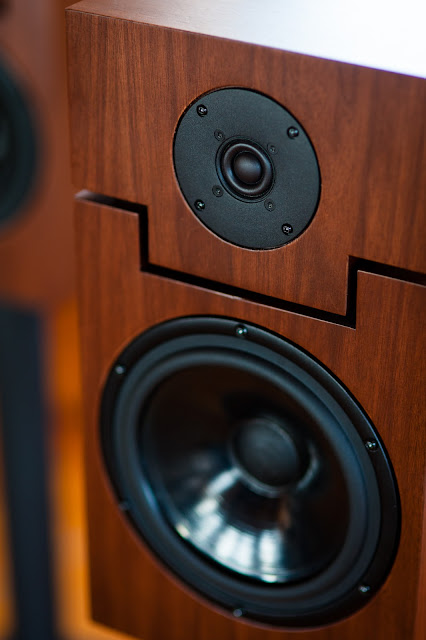Here is the Carver MXR 2000 from 1988. An incredible 200watt powerhouse that really took the market by storm. It was my first Mid Fi unit purchased and have the greatest fondness for all it offers.
Here is the specs...
| Amplifier Section | |
|---|---|
| 8-ohm FTC rated power/ch | 200W |
| 4/8-ohm FTC rated THD | 0.15% |
| Rated full power bandwidth | 1Hz to 30kHz +-0.1dB |
| Slew Rate | >100 |
| Dimensions (HxWxD inches) | 5.5" H, 19" W, 17.9" D |
| Comments | Protection: Short Circuit DC Offset Low/High Frequency Trip |
| Tuner Section | |
| IHF Sensitivity mono/stereo,dBf | 1.8uV |
| Capture ratio,dB | 1.5dB |
| Seperation at 1kHz,dB | 45dB |
| THD at 1kHz,stereo | 0.1% |
| Maximum S/N,stereo,dB | 78dB |
| PreAmp Section | |
| Frequency response | 20Hz to 20kHz + 0.5dB |
| Total Harmonic Distortion | 0.05% |
| Phono input capacitance pF | 47K ohm |
| MM S/N A-weighted 0.5v ref. | 85dB |
| MC S/N A-weighted 0.5v ref. | 76dB |
This Magnetic field amplifier boasts massive amounts of power in reserve... essentially available for your performances peaks. This is the magnetic field capabilities. The Carver Receiver 2000 uses a better way. A method of delivering the power speakers need without heat, bulk and distortion. The solution is elegant and effective. Imagine a lightning-fast valve on your incoming power outlet. When power is needed, the valve senses the demand and opens, actually using the power of the actual power generator to deliver the needed current and voltage. Note that this approach provides VAST POWER WHEN NEEDED during peak demands … without keeping excess around during lulls. The 'valve' we've described in the Magnetic Field Coil inside the Carver Receiver 2000. By delivering power only when needed, it can satisfy your speakers need for power while generating less heat and virtually no distortion. The finest receiver FM section ever offered. The Carver Receiver 2000 employs Asymmetrical Charge-Coupled Detector technology which makes FM sound as good as other stereo sound sources. Free of background hiss and annoying radio interference. All of these great circuits set this baby apart from anything produced in the era of
"bigger is better"
<embed width="250" height="50" autostart="false" src=https://dl-web.dropbox.com/get/iTunes/10%20Here%20Is%20My%20Heart%20-%20Kim%20Walker.m4a?w=dbc5eae3/></embed>





















































